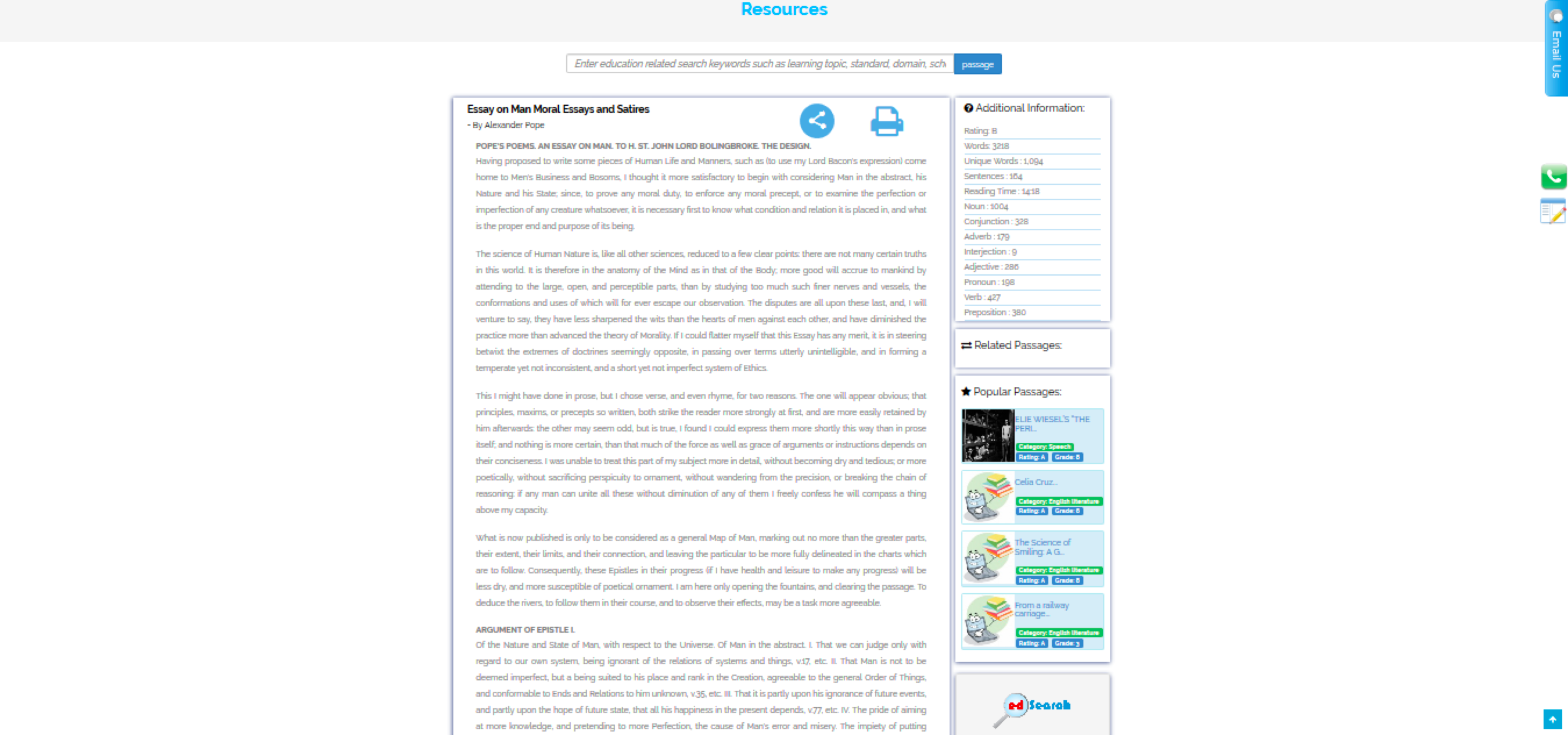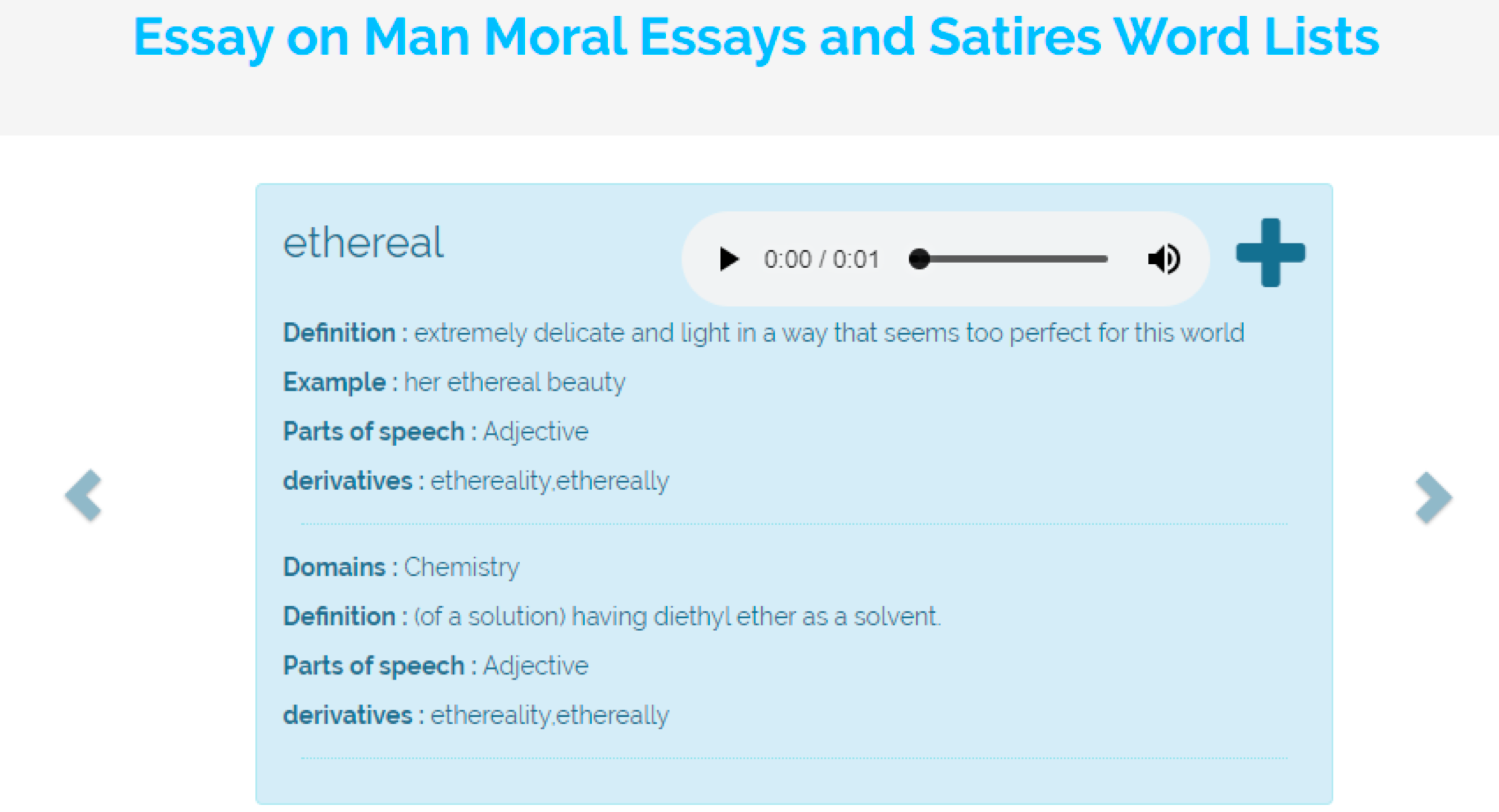
Lumos Learning has added vocabulary lists to reading selections for additional practice. Many students come to the classroom with limited vocabulary skills. By utilizing vocabulary relevant to a literary passage, teachers can increase a student’s understanding of the passage and raise comprehension scores.
With the the Lumos Learning StepUp online program, supplemental reading passages are available to view and assign to individual students, small groups or an entire class.
The vocabulary can be found by clicking on Reading Passages link through the main teacher portal. Once a selection is made, the reading passage will appear along with a list of type of words used in the passage and additional grammatical information.
Note the screenshot below and its given information.

The selection may be assigned by clicking on the blue icon next to the print option. Ok, so now what? It is great to have all this information available, but how does a teacher use it to help students who may struggle with the English vocabulary?
Teaching vocabulary can be done in various ways. The old-fashioned way- often referred to as DRILL and KILL- was simply to hand out the word lists, have students look them up in dictionaries, use in sentences and then give a fill in the blank worksheet or test. That method rarely benefited the students or made for any type of retention should the students see or need to understand the new word or words while reading. Studies have shown that there are better teaching practices for vocabulary usage and word retention.
Here are 7 effective teaching strategies to use with vocabulary lists.
1. Prior to reading a selection, let students skim the reading selection and have them list any words they do not know or understand. List the words they choose on the chalkboard or whiteboard. Then share the new vocabulary list with students. Compare their list with the list from the selection.
2. Model the pronunciation of each word. (In Lumos these can be heard with the text to speech option.)
3. Have students repeat the list of new words in unison.
4. Use each word in a simple sentence that students can relate to by giving real life examples in the sentences.
5. Ask students to try to give their definition of the new word through understanding of the given sentence.
Clarify the correct definition and praise students’ efforts.
6. Have students write the new definition in a log or notebook to keep as reference. An excellent way to do this is to keep a three-ring binder with tabs for ABC order. Students then add new vocabulary to their sheets in a daily or weekly manner.
7. Once students have a good sense of the new vocabulary, read the selection with the students emphasizing the new vocabulary.
An example of the vocabulary word lists is found below. Note that the new vocabulary can be heard for correct pronunciation, as well.
 Tags: reading comprehension worksheets 7th grade, reading comprehension worksheets 6th gradereading comprehension worksheets 5th grade
Tags: reading comprehension worksheets 7th grade, reading comprehension worksheets 6th gradereading comprehension worksheets 5th grade
